Fast Ways To Clean Alcohol Out Of Your System: Effective Detox Methods Revealed
.jpg)
Quitting alcohol is a journey that requires dedication, patience, and the willingness to change. With the right support, and by incorporating these ten strategies, you can effectively reduce or quit drinking. Each step you take brings you closer to a healthier, more fulfilling life, free from the confines of alcohol dependency. Establishing alcohol-free days is an effective method for moderating drinking habits.
- Metabolizing alcohol is a complex process and most ranges are “averages” rather than how long it will specifically take you to metabolize that alcohol.
- The majority of ethanol goes through the liver to be broken down by alcohol dehydrogenase, an enzyme that works to change ethanol into acetaldehyde, a toxic compound and carcinogen.
- Alcohol can have various effects on the body, ranging from mild impairment to severe intoxication.
- As you continue drinking, you’ll still feel euphoric and relaxed, but the harmful effects of alcohol will intensify.
- It’s an ongoing process that nurtures a healthier lifestyle, ultimately leading to improved health outcomes and social interactions.
- But when consumed in larger doses, such as binge or heavy drinking, alcohol will begin to have various negative effects on the body.
- The amount of time it takes for alcohol to leave your system depends on various factors such as your age, weight, gender, and overall health.
How to Quit Alcohol If You’re an Addict
This blog aims to provide practical, natural methods for detoxifying your body after drinking alcohol. Remember, while natural methods like proper hydration, a balanced diet, and moderate exercise can aid in detox, they are not a cure-all. It’s always important to drink responsibly and be aware of your limits. If you find yourself frequently needing to detox from alcohol, it may be a sign to reevaluate your drinking habits.
Drink Green Tea
Metabolism efficiency directly influences how quickly the body can process and eliminate alcohol. Individuals with a higher metabolism rate tend to eliminate alcohol more rapidly than those with a slower metabolism. Understanding how alcohol is eliminated from the body is crucial for individuals seeking recovery from alcohol abuse.
In addition, if you have to hide alcohol use, it’s a good sign that you need help. If you’re struggling to what removes alcohol from your system fast curb alcohol use or to quit, even with a court order, it’s a good sign that you should ask for help. Medical detox from alcohol is often considered the first stage of treatment.
If your body has developed a tolerance to alcohol, completely stopping—and attempting to flush it out of your system—can lead to withdrawal. Alcohol withdrawal has a set of complex symptoms when someone abruptly stops or reduces their consumption. Understanding alcohol metabolism is crucial for recognizing how long alcohol’s effects may last and the importance of pacing consumption to prevent intoxication and potential harm. In general, it’s safe to quit alcohol on your own as long as you have been drinking in moderation. The Centers for Disease Control and Prevention (CDC) recommends that adults get at least seven hours of sleep per night.
Top 7 Health Benefits of Marijuana Use
Taking sleep medications while under the influence is extremely dangerous and can be life-threatening. They all rely on the detection of ethanol or ethyl alcohol in the body. Activated Charcoal is actually quite incredible, and is used in emergency rooms around the world to support detoxification after the ingestion of chemical or environmental poisons. The occasional glass of wine or cocktail isn’t anything to worry about unless you have a gut infection or are following an elimination diet. If you are following an elimination diet or have Candida overgrowth or small intestinal bacterial overgrowth (SIBO), you want to avoid having a drink altogether. What equates to 1 drink depends on the size and type of alcoholic drink you have.
.jpg)
Keep reading to learn how to flush alcohol out of your system and seek treatment for alcohol addiction if necessary. Staying hydrated is crucial in expediting the elimination of alcohol from your system. Alcohol dehydrates your body, leading to symptoms like headaches and fatigue. By drinking plenty of water, you can help flush out toxins and support your organs in processing alcohol metabolites more efficiently. Alcohol metabolism involves the conversion of ethanol into acetaldehyde and then acetic acid by enzymes in the liver.
Get Enough Sleep
When you consume alcohol, your liver metabolizes it at a rate of approximately one standard drink per hour. However, factors such as body weight, metabolism, and hydration levels can influence this process. While it won’t flush alcohol out faster, drinking water is essential for staying hydrated. Alcohol can dehydrate your body, so drinking water before, during, and after consuming alcohol can help mitigate hangover symptoms. It is important to remember that consuming alcohol responsibly and in moderation is key to minimizing the negative effects. If alcohol addiction becomes a concern, seeking professional help and support is crucial for a successful recovery.
The primary benefits of enrolling in treatment are minimizing withdrawal symptoms and preventing complications. Medications like acamprosate, benzodiazepines, disulfiram, and naltrexone can help make withdrawal more manageable and sustain abstinence. And being under the care of a qualified provider can help keep you safe if you experience dangerous withdrawal symptoms like delirium tremens, which may occur in cases of severe AUD. Your symptoms may be similar, such as anxiety, headaches, nausea, and sleep disturbance. But hangover symptoms tend to last no more than one day, while alcohol withdrawal can last up to a week or more. You cannot flush alcohol out of your system or lower your BAC faster, but you can practice self-care to support recovery after drinking.
.jpg)
Up To 100% of Rehab Costs Covered By Insurance
- Keeping an alcohol use journal can help track your patterns, triggers, and emotions related to drinking, offering valuable insight.
- Alcohol can dehydrate your body, so drinking water before, during, and after consuming alcohol can help mitigate hangover symptoms.
- This pause reduces the urge to binge, important for contexts like college settings, where the pressure to drink can be intense.
- Exercise and outdoor air will increase oxygenation and hasten metabolic processes.
- By incorporating these healthy habits after drinking, individuals can promote their well-being and support alcohol detoxification.
- Our substance abuse and addiction treatment programs offer medical detox, mental health counseling, and many other types of personalized, evidence-based care.
It supports liver function and enhances the body’s ability to recover from the effects of alcohol consumption. So next time you indulge, remember that a workout session could be just what you need to help eliminate those lingering traces of alcohol from your system effectively. By gaining insight into how alcohol is flushed out of the system, individuals can make informed decisions to pursue a healthier, substance-free lifestyle. This comprehensive understanding empowers individuals to take steps towards a successful recovery.
















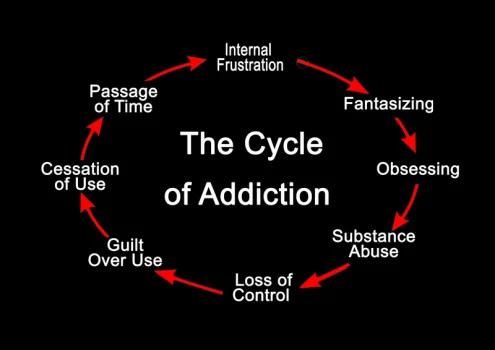


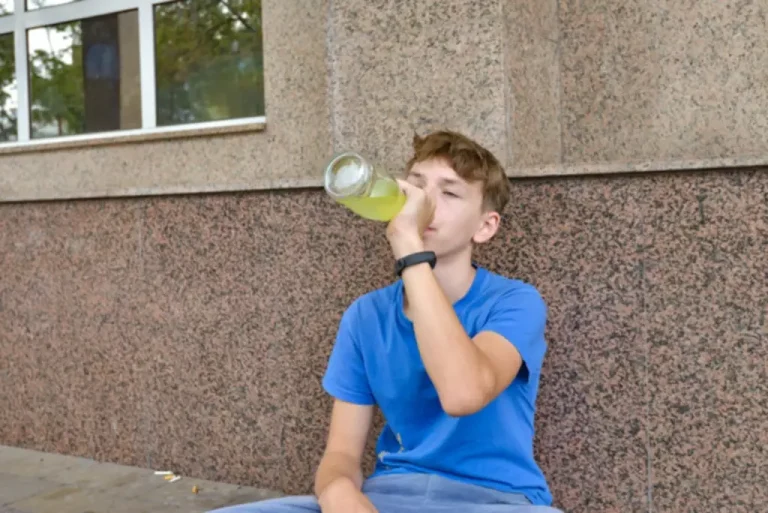
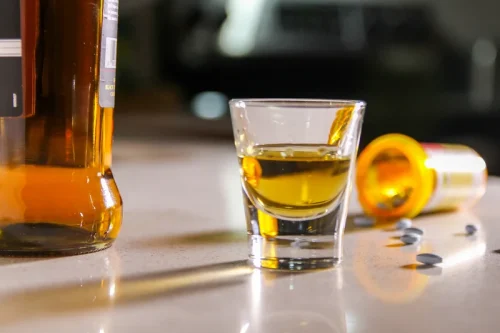



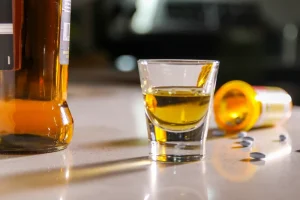




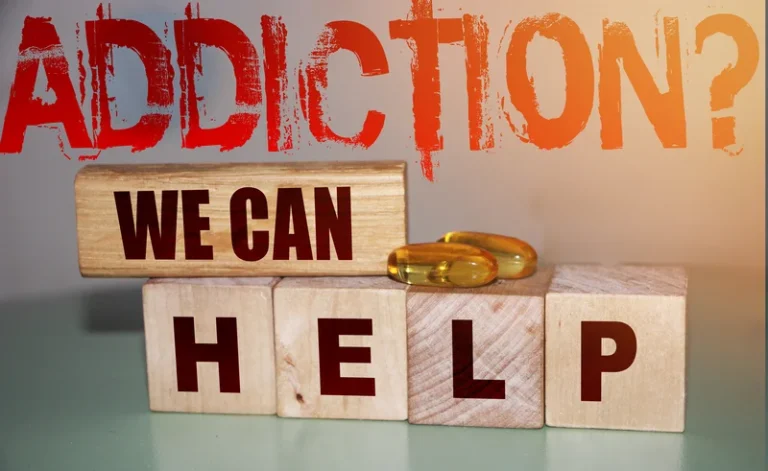
.jpg)
.jpg)